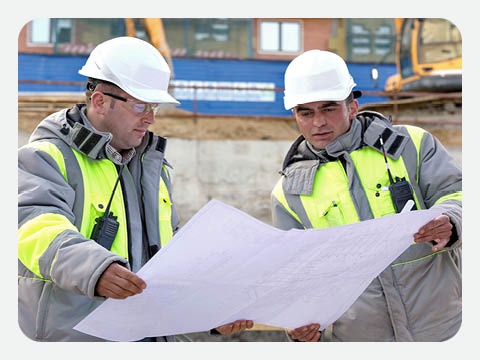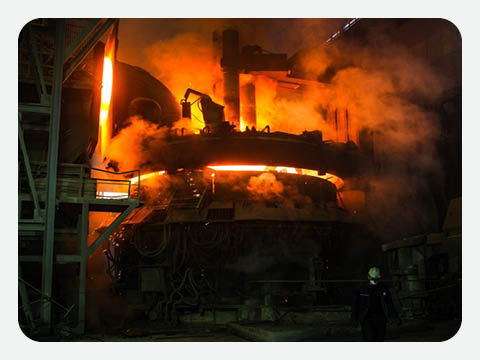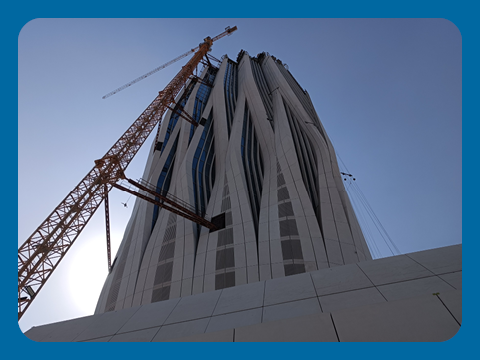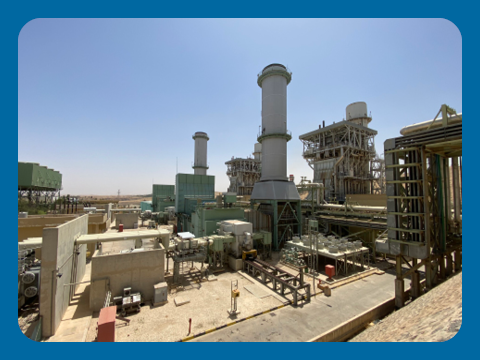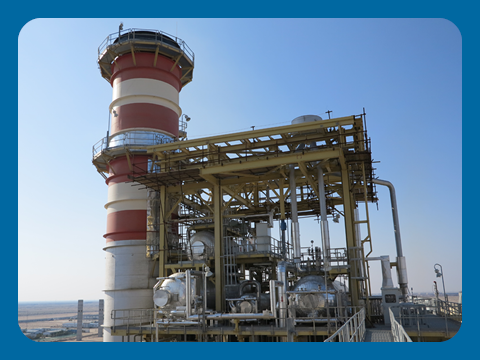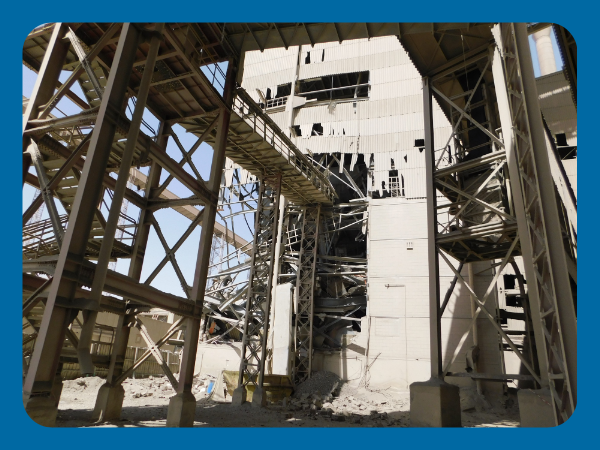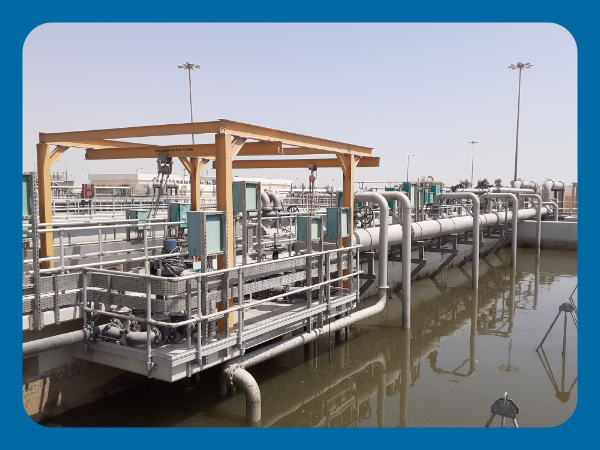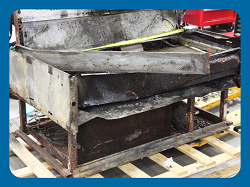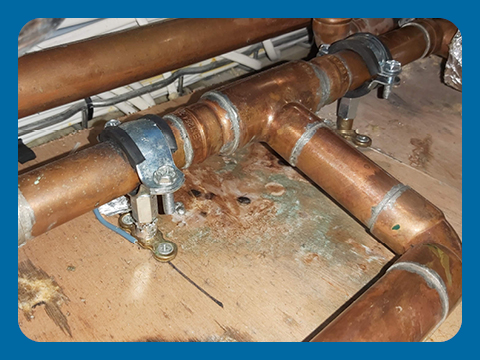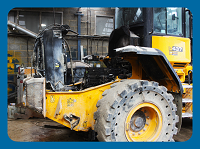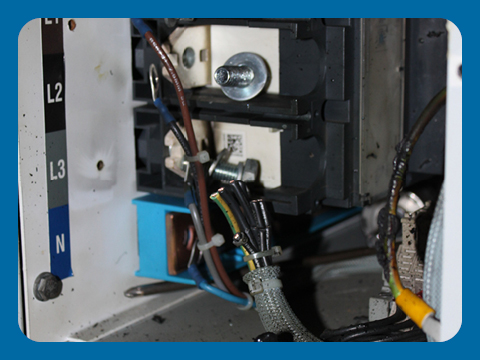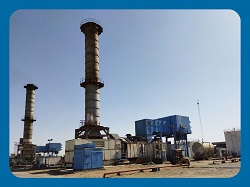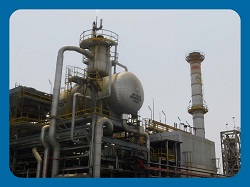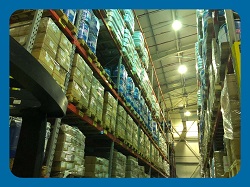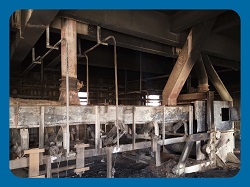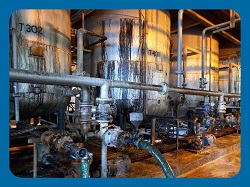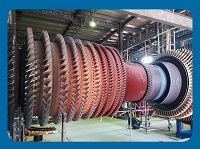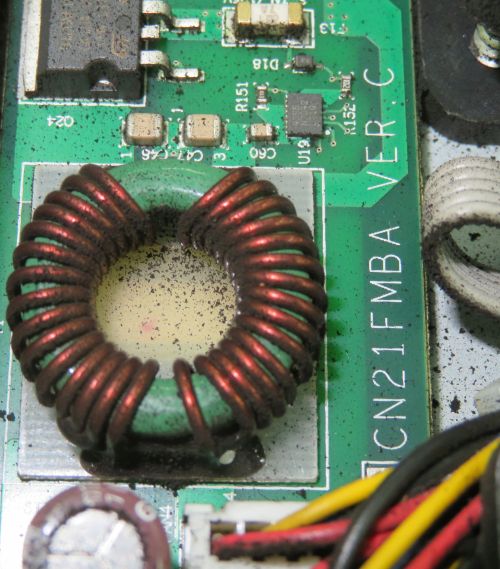 Smoke particles generated during a fire get circulated through the air and settle inside equipment after being sucked in by ventilation fans. Though smoke particles covering equipment can pose a serious threat to the operation of the equipment, it does not constitute “physical damage” as it can be successfully removed through the use of proper techniques, without affecting the original condition of the equipment. In fact, smoke contamination on electrical equipment is not any different from a handful of sand being spread over a table top, then dusted off with a clean rag – being covered with dust or sand does not affect the physical and chemical condition of the table top, though it may make it look dirty.
Smoke particles generated during a fire get circulated through the air and settle inside equipment after being sucked in by ventilation fans. Though smoke particles covering equipment can pose a serious threat to the operation of the equipment, it does not constitute “physical damage” as it can be successfully removed through the use of proper techniques, without affecting the original condition of the equipment. In fact, smoke contamination on electrical equipment is not any different from a handful of sand being spread over a table top, then dusted off with a clean rag – being covered with dust or sand does not affect the physical and chemical condition of the table top, though it may make it look dirty.
Before we rule out any risk of damage to equipment from smoke contamination, we must caution that smoke can actually lead to catastrophic damage to equipment in different ways, including:
- Cosmetic Consequences: Smoke particulates can lead to permanent staining of surfaces while non-particulates in deposited smoke can potentially emit odours. Any prolonged exposure to smoke contamination may cause some surfaces to change colour permanently, although this does not affect the functionality of the equipment. The likely of discolouration to occur is high, however the impact is negligible.
- Mechanical binding: Smoke settling inside mechanical parts of equipment such as switches, timers, contactors, hard drives and other components with moving parts, can suffer mechanical binding, causing them to fail to open/close, move, rotate or otherwise operate as intended.
- Increased contact resistance: Coating of electrical contact surfaces increases the contact resistance which in turn can lead to heat developing at the contact point. This can continue undetected for some time, eventually leading to ignition of combustibles in the area around the contact point.
- Electric shorting: Smoke can lead to electrical shorting in two ways:
- electromechanical migration, where a conductor with a positive potential dissolves ions that then move in the electrical field towards negative conductors. Electromechanical migration only takes place between conductors of different potential which is almost definite on densely populated circuit boards.
- induction of stray capacitance, which occurs when smoke increases leakage currents between contacts and cause shorts. The impact of electric shorting is catastrophic, as it will render the circuit board inoperable.
- Overheating: Overheating of smoke contaminated components is caused by a decrease in the ability of components to dissipate heat from normal operations, clogging ventilation vents or clogging ventilation fans inside a piece of equipment.
- Corrosion: Certain types of smoke particles contain inorganic anions such as chloride, bromide and fluoride. In the presence of moisture form acids, these are highly corrosive and attack unprotected metal surfaces causing corrosion. To assess the risk of corrosion to contaminated electronics, it is very important to ascertain the type of smoke generated from the fire and determine the smoke acidity. Typically, hydrogen chloride, hydrogen bromide, hydrogen fluoride and sulphur oxides, as well as organic acids, are responsible for smoke acidity. Once it comes into contact with water, these compounds forms acids, that can be highly corrosive, causing permeant damage to metal contacts inside equipment.
Again, smoke contamination on its own, does not constitute “physical damage” in the traditional. Contamination has to interact with other conditions to cause damage to electronic equipment, such as heat, electrical current and moisture, among other factors. Therefore, it is important to manage the equipment condition after the introduction of smoke particles in a way that prevents further damage.
Smoke particles can be removed from equipment using specialised techniques that can be carefully applied by specialist restoration companies. We will discuss these techniques in later issues of the newsletter.

